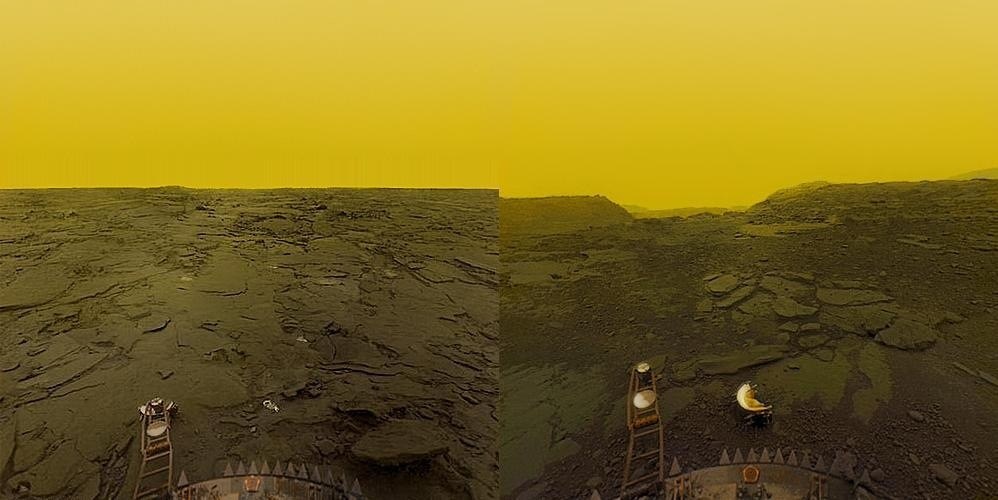It is common knowledge that Venus has a harsh atmosphere thick with carbon dioxide and sulfuric acid. Amid the Venusian toxic clouds, there are mysterious dark patches called “unknown absorbers” because they absorb large amounts of solar radiation. Nobody knows what these dark patches are, but scientists have determined that they are affecting the weather on the planet.
Early theories suggested that they are forms of sulfur or ferric chloride. However, a group of scientists now consider the possibility which was brought up by the famous Carl Sagan in 1963 – that they are in fact extraterrestrial microorganisms.
The clouds absorb solar radiation, which causes temperature changes that affect wind patterns. The unknown absorbers are apparently playing a role in this process by affecting the albedo of the planet, or how much energy is reflected back to space.
Sanjay Limaye, a planetary scientist at the University of Wisconsin-Madison says that the particles making up the dark patches in Venus’s clouds resemble microorganisms in Earth’s atmosphere. “Since there are few species which have physical, chemical and spectral properties that are consistent with the composition of the Venus clouds, they may have evolved independently on Venus. If similar conditions elsewhere led to the evolution of life, why not on Venus?” Limaye said.
To shed light on the mysteries of Venusian weather, scientists will need constant, systematic monitoring of the planet’s cloud cover over multiple 11-year solar cycles. Aerial platforms that can sample Venus’s cloud layer, search for bio-signatures and take other measurements would also help in the understanding of the nature of the absorbers on Venus. We guess that only time (and science) will tell.


















